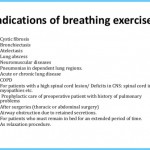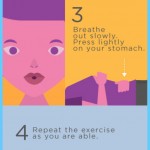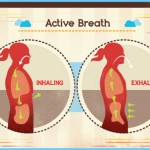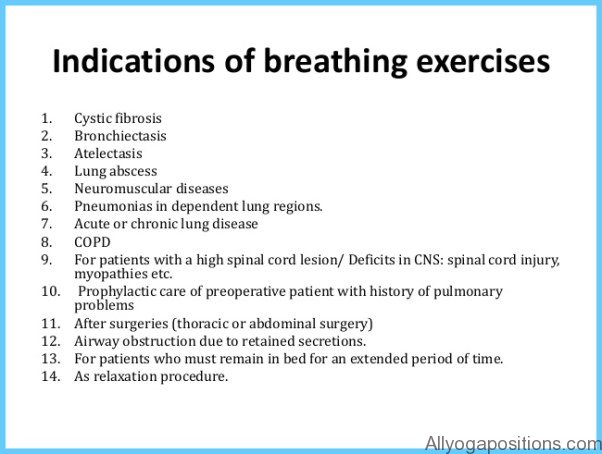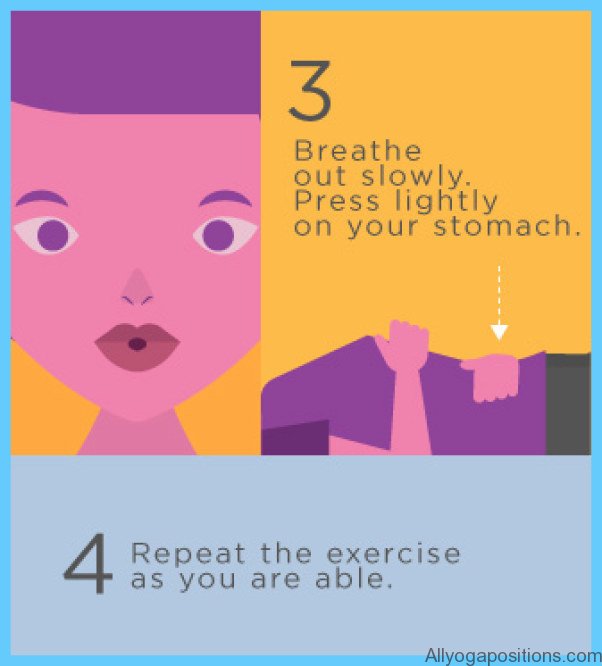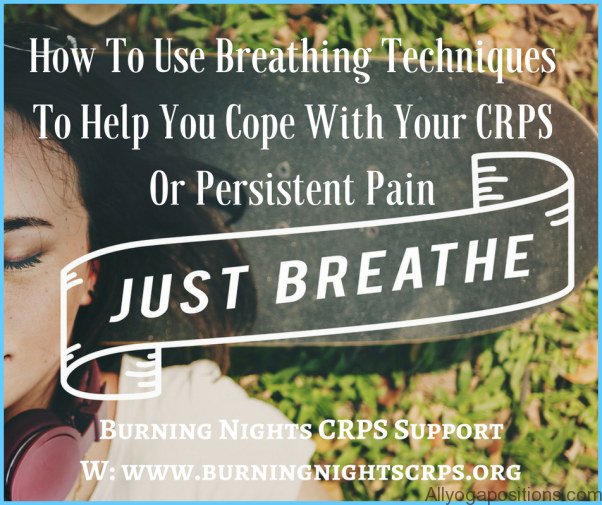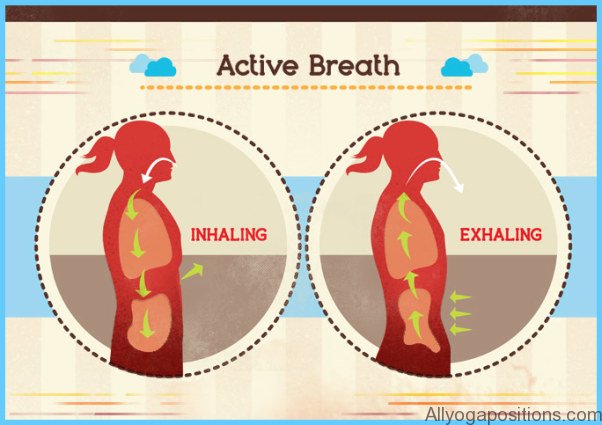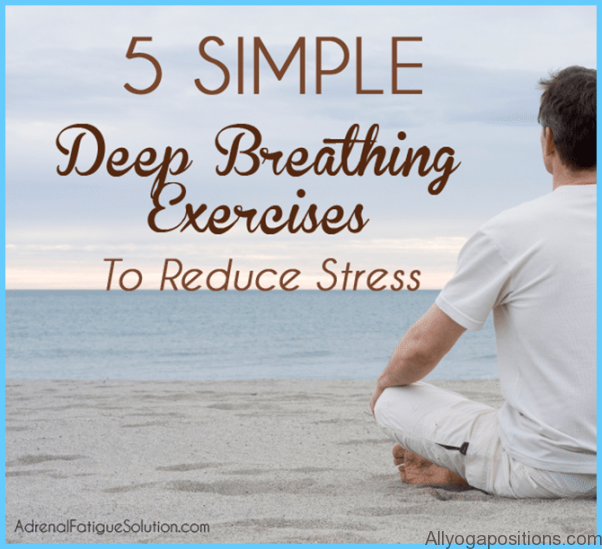Your breath is one of the best tools in the world for managing stress and pain; there is no medicine or surgery more effective at “calming the storm” than proper breathing. Slow, rhythmic breathing activates the PNS, soothing body, mind, and soul. The physical rhythms of your diaphragm moving up and down and your lungs expanding and contracting, coupled with the audible whisper of air flowing in and out of your nose, can be the calming “music” that gets you through the storm
Breathing Exercises For Chronic Pain Photo Gallery
Imagine you’re stuck in traffic, frustrated because you’re going to be late. This can easily trigger a stress response, plus lots of negative thoughts. But suppose, instead, you turn off the radio, let go of your negative thoughts, and simply listen to your breath as you inhale and exhale at a leisurely pace . . once, twice, five, even ten times at a stretch. This simple breathing exercise will do much to calm your nervous system
Now imagine you were to breathe with intention and focus throughout the day, without out having to think about it. Each inhalation would be gathering in of energy, and each exhalation an “ahhhh” of relief you can physically feel in every part of your body.
Remember that you have absolute control over your breathing. With few exceptions—such as when you’re exercising hard or suffering from an asthma attack—you can consciously control the quality and length of your breath. This means you can always use your breath to calm life’s storms.
Here are some breathing exercises that have worked especially well with my patients.
Diaphragmatic Breathing
The goal of this breathing exercise is to relax the belly when you inhale. Lie flat on your back, relax the muscles in your abdomen, and slowly inhale, allowing your belly to expand. Then, allow your belly to fall slowly as you exhale. If you tense your abdomen for a few breathing cycles, then relax it for a few, you’ll notice how much easier it is to breathe when it’s relaxed and your diaphragm does the “breathing work” for you. Diaphragmatic breathing maximizes the amount of oxygen that goes into your bloodstream, interrupts the fight-or-flight response, and encourages your body’s relaxation response.
Try diaphragmatic breathing for five minutes each day, lying on your back completely relaxed, and focusing on your belly as it moves up and down. Listen to the sound of the air passing in and out through your nostrils. Don’t worry if your mind wanders; just gently bring your attention back to your breathing.
Whenever you find yourself becoming angry or tense, try placing your hand on your belly so you can feel the in and out motion as you breathe. Concentrate on your breath; your negative emotions will just drift away.


